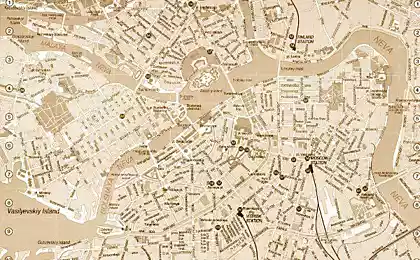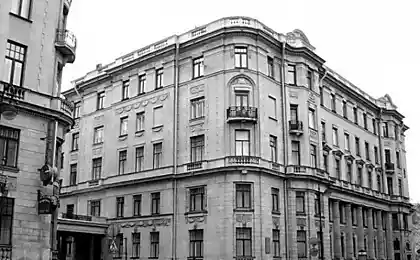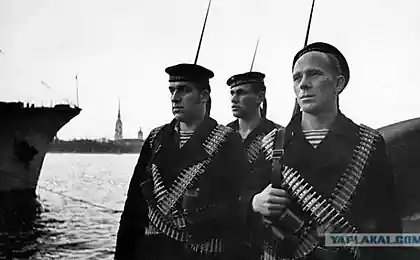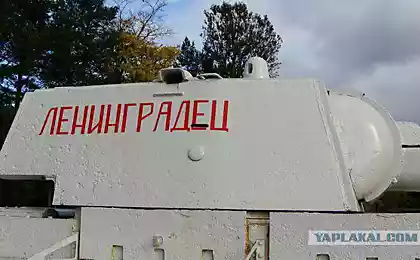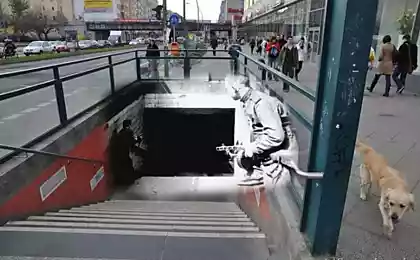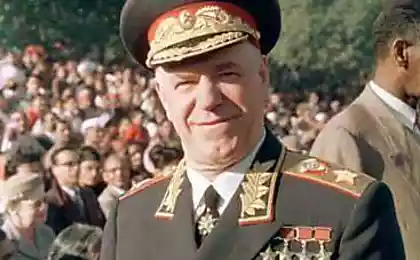734
History of the Siege of Leningrad
Exactly 70 years ago, November 22, 1941 began to work the ice road of life, which was to save hundreds of thousands of Leningrad in the terrible siege.
The road of life was the only chance for the northern capital - said military historian Aleksei Isayev told a RIA Novosti commentator. "Thanks to the Road of Life city survived because he had absolutely no way to exist at the expense of internal resources," - said the source.
The extent of traffic through the Ladoga had no analogues. Isayev said that in besieged Leningrad was required every day to deliver at least 1 thousand tons of food. A daily aircraft could carry only up to 100 tons.
© rian.ru
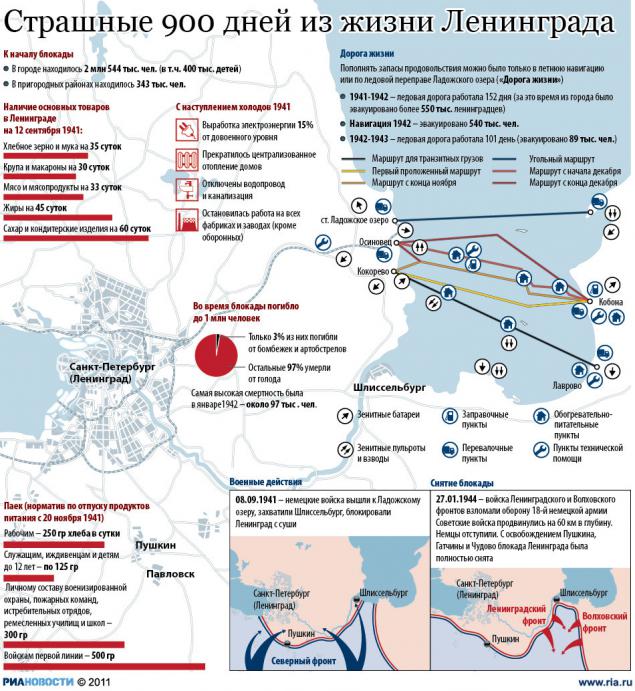
For the first time the water road of life has earned 12 September 1941, when the besieged Leningrad came the first two barges loaded with grain and flour. 30-kilometer ice track, which has become a symbol of the besieged city, began work on 22 November.
On this day, from Leningrad to the ice moved into the column 388 of the separate avtobatalona of 60 polutorok under Captain Porchunova. He later recalled: "The distance between the lorry installed in 20-25 meters. Almost in the darkness approached the waterway on which the court went in the summer from the lake into the Neva. It was the most dangerous place. The ice is bent under the wheels, as if alive. It feels as if all the time you go to the mountain. Motor overheated, working at full capacity, and the car, skidding, almost crawling on the slippery ice. No brake or stop it was impossible - only saved motion ».
The first and the worst winter of the siege ice road is operated 152 days, until April 24, 1942, when the wheels of the truck began to sink under the ice melted, and by the thought that the machines do not go and swim.
During this time it was transported 361,109 tons of cargo, primarily food. It evacuated more than 550,000 Leningrad. In addition, the track has played an important military role - for her for the first winter were deployed five infantry divisions with weapons and military equipment, as well as armored brigade with heavy tanks "HF».
Then ice road operated two military winter, up until January 27, 1944, when it was finally lifted the siege of Leningrad, which lasted nearly 900 days and became the bloodiest blockade in the history of mankind: hunger and shelling killed more than 641 thousand inhabitants (according to other sources not less than one million).
Source:
The road of life was the only chance for the northern capital - said military historian Aleksei Isayev told a RIA Novosti commentator. "Thanks to the Road of Life city survived because he had absolutely no way to exist at the expense of internal resources," - said the source.
The extent of traffic through the Ladoga had no analogues. Isayev said that in besieged Leningrad was required every day to deliver at least 1 thousand tons of food. A daily aircraft could carry only up to 100 tons.
© rian.ru

For the first time the water road of life has earned 12 September 1941, when the besieged Leningrad came the first two barges loaded with grain and flour. 30-kilometer ice track, which has become a symbol of the besieged city, began work on 22 November.
On this day, from Leningrad to the ice moved into the column 388 of the separate avtobatalona of 60 polutorok under Captain Porchunova. He later recalled: "The distance between the lorry installed in 20-25 meters. Almost in the darkness approached the waterway on which the court went in the summer from the lake into the Neva. It was the most dangerous place. The ice is bent under the wheels, as if alive. It feels as if all the time you go to the mountain. Motor overheated, working at full capacity, and the car, skidding, almost crawling on the slippery ice. No brake or stop it was impossible - only saved motion ».
The first and the worst winter of the siege ice road is operated 152 days, until April 24, 1942, when the wheels of the truck began to sink under the ice melted, and by the thought that the machines do not go and swim.
During this time it was transported 361,109 tons of cargo, primarily food. It evacuated more than 550,000 Leningrad. In addition, the track has played an important military role - for her for the first winter were deployed five infantry divisions with weapons and military equipment, as well as armored brigade with heavy tanks "HF».
Then ice road operated two military winter, up until January 27, 1944, when it was finally lifted the siege of Leningrad, which lasted nearly 900 days and became the bloodiest blockade in the history of mankind: hunger and shelling killed more than 641 thousand inhabitants (according to other sources not less than one million).
Source:
